In today’s interconnected world, businesses are increasingly reliant on efficient and cost-effective shipping solutions, particularly for international trade. When importing goods from China to Switzerland, sea freight emerges as a preferred choice, offering numerous advantages that cater to the needs of various industries. This article explores the benefits of sea freight, including its cost-effectiveness, capacity for large shipments, environmental sustainability, and the reliable transit times that businesses can expect. Understanding these key factors not only aids in informed decision-making but also enhances the overall logistics strategy, ultimately supporting growth and competitiveness in the global market.
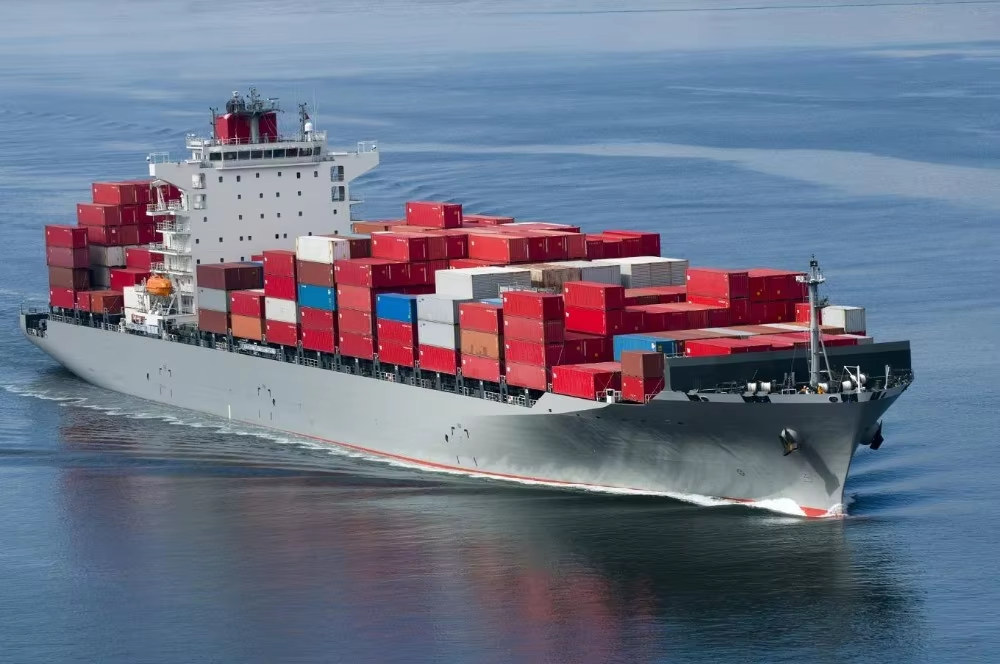
Understanding Sea Freight: A Comprehensive Overview
Sea freight, or ocean freight, refers to the transportation of goods via cargo ships across the world’s oceans. It is one of the oldest and most widely used methods of shipping goods internationally. Shipments can range from full container loads (FCL) to less than a container load (LCL), depending on the volume of goods being transported.
In terms of logistics, sea freight encompasses a variety of processes including loading, transporting, unloading, and customs clearance. Understanding these processes is crucial for businesses that rely on this mode of transport to ensure that their shipments are delivered on time and within budget.
The Importance of Sea Freight in Global Trade
Sea freight plays a pivotal role in global trade for several reasons:
-
Cost-Effectiveness: Shipping via sea is generally much cheaper than air freight, especially for large volumes of goods. This is particularly advantageous for businesses importing bulk products from China, allowing them to maximize profit margins.
-
Capacity: Cargo ships have a much greater capacity compared to planes. They can transport a wide variety of goods, from heavy machinery to raw materials, in large quantities. This capability is essential for businesses that need to import substantial shipments.
-
Environmental Impact: Sea freight is considered more environmentally friendly than air freight. According to a report by the International Maritime Organization (IMO), shipping emits significantly less CO2 per ton-kilometer compared to air transport, making it a more sustainable choice for businesses concerned about their carbon footprint.
-
Global Reach: Shipping routes connect China to ports all over the world, including Switzerland. This extensive network ensures that businesses can access products from manufacturers in China efficiently.
-
Versatility: Sea freight can accommodate various types of cargo, including oversized and heavy items that may not be suitable for air transport. This versatility is vital for companies dealing in diverse product categories.
Advantages of Sea Freight from China to Switzerland
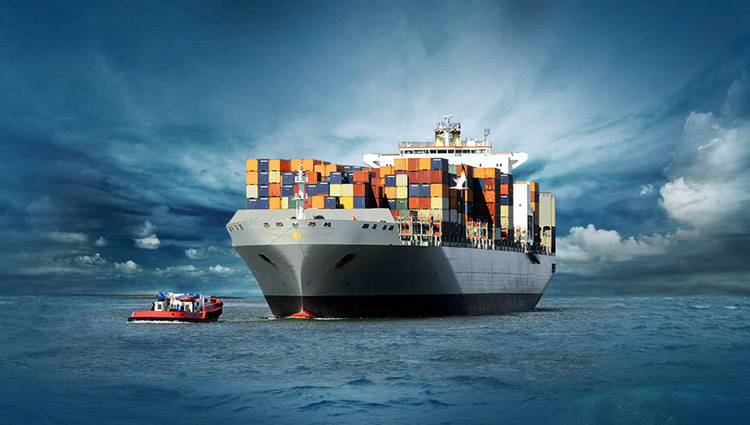
When importing goods from China to Switzerland, sea freight offers a range of advantages that make it an appealing choice for businesses. Understanding these benefits is essential for making informed shipping decisions.
Cost-Effective
One of the most compelling advantages of sea freight is its cost-effectiveness. Shipping by sea is significantly cheaper compared to air freight, particularly for large shipments. According to recent data, the average cost per ton for sea freight can be as low as a fraction of the cost of air freight, especially when transporting bulky or heavy items. For businesses importing products in bulk, this translates into substantial savings that can enhance profit margins. Given the ongoing fluctuation in global shipping rates, companies can benefit from lower costs and increased predictability by opting for sea freight.
Accommodates Large Shipments
Sea freight is particularly advantageous for businesses that require the transportation of large shipments. Cargo ships have a considerable capacity, capable of carrying thousands of tons of goods per voyage. This is especially beneficial for industries that deal in heavy machinery, construction materials, or raw materials. In contrast, air freight has strict limitations on weight and volume, making it less suitable for substantial loads. The ability to ship large quantities at once not only optimizes logistics but also reduces shipping frequency, saving time and operational costs.
Versatile Container Options
The flexibility in container options is another major advantage of sea freight. Businesses can choose between various types of containers, including standard containers, reefer containers for temperature-sensitive goods, and flat racks for oversized items. This versatility allows companies to tailor their shipping solutions based on the specific requirements of their products. Furthermore, the availability of both full container load (FCL) and less than container load (LCL) arrangements ensures that businesses can find the right fit for their shipment size, enhancing efficiency and reducing costs.
Reliable Transit Times
While sea freight may not offer the speed of air cargo, it still provides reliable transit times. Most shipping routes from China to Switzerland typically take between 30 to 40 days, depending on the specific departure and arrival ports. This predictability in transit time allows businesses to plan their inventory and production schedules accordingly. Furthermore, many shipping lines provide tracking services, allowing businesses to monitor their shipments in real-time and manage expectations with their customers.
Environmentally Friendly
As businesses increasingly prioritize sustainability, sea freight presents a more environmentally friendly shipping option compared to air freight. According to the IMO, maritime shipping produces significantly lower emissions per ton-kilometer when compared to air transport. By choosing sea freight, companies can reduce their carbon footprint and contribute to global sustainability efforts. This is particularly important for businesses aiming to enhance their corporate social responsibility (CSR) initiatives.
Reduced Risk of Damage
The risk of damage to goods during transit is a critical consideration for any shipping method. Sea freight generally offers a higher level of protection for cargo compared to air freight. Goods transported in well-maintained containers are safeguarded against the elements and potential mishaps during transit. Additionally, the slower pace of sea transport minimizes the impact of rapid acceleration and deceleration, further reducing the risk of damage. For businesses dealing with fragile or high-value items, this reduced risk is a significant advantage.
You may be interested in the following related articles:
- Why Choose Sea Freight From China to Ireland? Advantages You Can’t Ignore
- The Ultimate Guide to Sea Freight from China to Finland
- Freight Forwarder from China to Sweden: What You Need to Know
- Step-by-Step Guide to Sea Freight From China to Chile
- Exploring the Benefits of Sea Freight from China to Venezuela
- How to Save Money with a Freight Forwarder from China to Netherlands
The Process of Shipping via Sea Freight
Shipping goods via sea freight involves several critical steps that ensure smooth and efficient transport. Understanding this process can help businesses navigate the complexities of international shipping more effectively.
Step-by-Step Guide to Sea Freight Shipping
-
Preparation and Documentation: The first step involves preparing all necessary documentation for the shipment. This may include the commercial invoice, packing list, bill of lading, and any other documents required for customs clearance.
-
Choosing a Freight Forwarder: Selecting a reputable freight forwarder is crucial. They will handle logistics, including booking cargo space, coordinating transportation, and managing customs clearance. A reliable forwarder can streamline the entire process and mitigate potential issues.
-
Booking Cargo Space: Once a freight forwarder is chosen, the next step is to book cargo space on a suitable vessel. The freight forwarder will assist in selecting the appropriate shipping line and schedule based on the needs of the shipment.
-
Packing and Loading: Proper packing is essential to ensure the safety and security of the goods. The products should be packed according to international shipping standards and loaded onto the vessel under the supervision of the freight forwarder.
-
Customs Clearance: Upon arrival at the destination port in Switzerland, customs clearance is a necessary step. The freight forwarder will handle the submission of customs documents and facilitate the inspection process to ensure compliance with local regulations.
-
Delivery to Final Destination: After customs clearance, the goods will be transported to their final destination. The freight forwarder can arrange for local delivery, including door-to-door shipping services if required.
Choosing the Right Freight Forwarder
Selecting the right freight forwarder is a critical decision that can significantly impact the success of your shipping strategy. Here are key factors to consider:
-
Experience and Expertise: Look for a freight forwarder with a proven track record in handling shipments from China to Switzerland. Their expertise can be invaluable in navigating complex logistics and customs processes.
-
Reputation: Research the freight forwarder’s reputation through online reviews and industry recommendations. A reliable partner will have a history of successful shipments and customer satisfaction.
-
Range of Services: Ensure the forwarder offers a comprehensive suite of services, including customs clearance, warehouse services, and insurance services. This can simplify the shipping process and provide peace of mind.
-
Transparent Pricing: Request quotes from multiple forwarders and compare their pricing structures. Transparency in costs will help you avoid unexpected charges and budget more effectively.
-
Customer Support: Choose a freight forwarder that provides excellent customer support. Effective communication is crucial, especially when issues arise during shipping.
By understanding the advantages of sea freight and the detailed shipping process, businesses can make informed decisions that enhance their international logistics strategies. Collaborating with a reputable partner like Dantful International Logistics can further improve efficiency and reliability in your shipping operations to Switzerland.
Dantful International Logistics Services:
- Dantful Ocean Freight Services
- Air Freight From China
- Amazon FBA Freight Forwarding
- WAREHOUSE Services
- One-Stop Customs Clearance Solution
- Cargo Insurance Services in China
- DDP Shipping Services By Dantful Logistics
- Out of Gauge Cargo Transportation Shipping Services
Sea Freight Costs from China to Switzerland
Understanding the costs associated with sea freight from China to Switzerland is crucial for businesses looking to optimize their shipping budgets. Several factors influence the overall cost of sea freight, and being aware of these can help in planning and decision-making.
Key Factors Influencing Sea Freight Costs
-
Shipping Method: The choice between Full Container Load (FCL) and Less than Container Load (LCL) significantly impacts costs. FCL is often more economical for large shipments, while LCL might be more suitable for smaller loads but can incur higher per-unit costs.
-
Distance and Route: The specific ports of departure in China and arrival in Switzerland play a crucial role in determining shipping costs. Longer distances and less direct routes may incur higher freight rates.
-
Freight Forwarder Fees: Different freight forwarders have varying pricing structures. It’s essential to compare quotes from multiple providers to find the best deal. Be aware that additional services such as customs clearance and insurance may also affect overall costs.
-
Container Type: The type of container required for the shipment can influence costs. Specialized containers, such as refrigerated units, typically command higher rates than standard dry containers.
-
Seasonality and Demand: Shipping costs can fluctuate based on seasonal demand. Peak shipping seasons may see higher rates due to increased demand for cargo space. Planning shipments during off-peak times may yield cost savings.
Estimated Cost Breakdown
Here’s a general breakdown of potential costs associated with sea freight from China to Switzerland:
| Cost Component | Estimated Range (USD) |
|---|---|
| FCL Shipping (20ft) | $1,200 – $2,500 |
| FCL Shipping (40ft) | $2,000 – $4,000 |
| LCL Shipping (per cubic meter) | $50 – $150 |
| Customs Clearance Fees | $100 – $300 |
| Insurance (optional) | 0.5% – 2% of shipment value |
| Handling Fees | $50 – $150 per shipment |
These are approximate figures and can vary based on the specific circumstances of each shipment. Collaborating with a knowledgeable freight forwarder, such as Dantful International Logistics, can help businesses secure competitive rates and navigate the intricacies of shipping costs.
Sea Freight Transit Times from China to Switzerland
Transit times are a critical factor to consider when planning shipments via sea freight. The duration from departure in China to arrival in Switzerland can vary based on several operational and logistical factors.
General Transit Time Estimates
Typically, the transit time for sea freight from China to Switzerland ranges from 30 to 40 days. This timeframe includes the following components:
-
Port Loading Time: This includes the time taken to load cargo onto the shipping vessel. Depending on port congestion and administrative efficiency, this can take anywhere from a few days to a week.
-
Sea Transit Time: The time spent at sea is the major component of the overall transit time. This varies based on the shipping route and the speed of the vessel. Most cargo ships travel at speeds of around 15-25 knots.
-
Port Unloading Time: Once the vessel reaches the destination port, unloading the cargo can take additional time based on port operations and congestion levels. This stage usually takes another few days.
-
Customs Clearance: After unloading, goods must clear customs, a process that can vary in duration depending on the specifics of the shipment and regulatory compliance. This can take anywhere from a few hours to several days.
-
Final Delivery: The final leg involves transporting the goods from the port to their final destination in Switzerland. Depending on the distance from the port to the delivery location, this can take a few hours to several days.
Key Considerations for Managing Transit Times
-
Route Optimization: Choosing the most efficient shipping routes can minimize transit times. Freight forwarders are invaluable in providing insights into the best options available.
-
Advance Planning: Given that sea freight is inherently slower than other methods, advance planning is essential. Businesses should consider their inventory needs and allow ample time for shipments to arrive.
-
Monitoring Tools: Many freight forwarders offer tracking solutions that allow businesses to monitor their shipments in real-time. This can help in managing expectations and providing updates to customers.
-
Peak Seasons: Awareness of peak shipping seasons and their impact on transit times can help businesses avoid delays caused by congestion and demand spikes.
Understanding both the costs and transit times associated with sea freight from China to Switzerland enables businesses to make informed decisions in their logistics planning. Engaging with a professional freight forwarder like Dantful International Logistics can enhance efficiency and reliability in shipping operations.
Read More:
- Shipping From China To Netherlands
- Shipping From China To Spain
- Shipping From China To Germany
- Shipping From China To France
- Shipping From China to Italy
- Shipping From China To Poland
- Shipping From China to United Kingdom
Challenges and Solutions in Sea Freight Logistics
While sea freight offers numerous advantages, it is not without its challenges. Businesses engaged in shipping goods from China to Switzerland must navigate various logistical hurdles that can impact efficiency and costs. Understanding these challenges and identifying effective solutions is key to maintaining smooth operations.
Common Challenges in Sea Freight Logistics
-
Port Congestion: High volumes of cargo can lead to congestion at major ports, resulting in delays in loading, unloading, and customs clearance processes. This can significantly extend the overall transit time for shipments.
-
Customs Regulations: Navigating the complex customs regulations in both China and Switzerland can pose challenges. If documentation is incomplete or incorrect, shipments may be delayed or incur additional fees.
-
Weather Conditions: Adverse weather conditions like storms or rough seas can disrupt shipping schedules and lead to unanticipated delays. These factors are often beyond the control of shipping companies and can affect delivery timelines.
-
Cargo Damage or Loss: Despite the robust nature of maritime transport, cargo remains at risk of damage or loss due to mishandling or accidents during transit. Ensuring proper packing and adherence to shipping standards is critical.
-
Cost Fluctuations: Variability in shipping rates due to changing fuel prices, demand, and other economic factors can affect budget predictions and overall shipping costs. This unpredictability can complicate financial planning for businesses.
Effective Solutions to Overcome Challenges
-
Advanced Planning and Scheduling: Businesses should strategically plan shipping schedules to anticipate potential congestion at ports and avoid peak times. Engaging with freight forwarders who have real-time data on port conditions can be beneficial.
-
Comprehensive Documentation: Ensuring all documentation is accurate and complete is imperative for smooth customs clearance. Utilizing a professional freight forwarder can help mitigate risks associated with regulatory compliance.
-
Weather Monitoring Tools: Incorporating weather tracking tools can alert businesses to potential disruptions in shipping schedules. This foresight allows companies to make timely adjustments to their logistics plans.
-
Insurance Coverage: Investing in comprehensive shipping insurance can safeguard businesses against losses due to cargo damage or theft. This proactive approach minimizes financial risks.
-
Flexible Contracts: Establishing contracts with shipping providers that include flexible terms can allow businesses to adapt to changing market conditions and reduce the impact of cost fluctuations.
Future Trends in Sea Freight from China to Switzerland
As global trade continues to evolve, several trends are shaping the future of sea freight logistics, particularly in the context of shipping from China to Switzerland. Businesses should stay informed about these trends to remain competitive and efficient.
The Impact of Technology on Sea Freight Efficiency
The integration of technology into sea freight operations is revolutionizing the industry. Key technological advancements include:
-
Blockchain Technology: Blockchain is enhancing transparency and security in supply chains. By providing a decentralized platform for documenting transactions, blockchain reduces the risk of fraud and improves traceability of goods, leading to increased trust among stakeholders.
-
IoT and Real-Time Tracking: The Internet of Things (IoT) allows for real-time monitoring of shipments throughout their journey. Sensors can provide data on location, temperature, and humidity, enabling businesses to track conditions and respond quickly to any issues.
-
Automated Processes: Automation is streamlining various processes within sea freight logistics, from port operations to customs clearance. Automated systems reduce human error and enhance efficiency, leading to faster and more reliable service.
-
Big Data Analytics: Leveraging big data analytics enables businesses to make informed decisions regarding shipping routes, capacity planning, and demand forecasting. This data-driven approach can significantly optimize logistics operations.
Predictions for Sea Freight Growth
The future of sea freight from China to Switzerland appears promising, with several factors driving growth in this sector:
-
Increasing E-commerce Demand: The rise of e-commerce is expected to fuel demand for efficient shipping solutions. As more businesses engage in online retail, the need for reliable logistics services, including sea freight, will continue to grow.
-
Trade Agreements and Economic Partnerships: Ongoing negotiations and agreements between China and Switzerland may enhance trade relations, leading to increased shipping volumes. A stable political and economic environment encourages businesses to explore international markets.
-
Sustainability Initiatives: With an increasing focus on sustainability, many companies are seeking to reduce their carbon footprint. Sea freight, being a more environmentally friendly option compared to air transport, is likely to see growth as businesses prioritize greener shipping methods.
-
Investment in Infrastructure: Continued investments in port infrastructure in both China and Switzerland will facilitate smoother logistics operations. Enhancements in port capacity and efficiency are crucial for accommodating growing trade volumes.
-
Emergence of New Markets: As emerging markets in Asia and Africa continue to expand, the demand for goods from China will rise. This growth will likely necessitate more robust sea freight services to meet international shipping needs.
By remaining aware of these trends and leveraging the latest technologies, businesses can effectively navigate the evolving sea freight landscape and position themselves for success in the international market. Engaging with Dantful International Logistics can provide valuable support in adapting to these changes and optimizing shipping operations from China to Switzerland.
FAQs
1. What is sea freight, and how does it work?
Sea freight, also known as ocean freight, is the transportation of goods via cargo ships across oceans. It encompasses processes such as loading, transporting, unloading, and customs clearance. Shipments can be full container loads (FCL) or less than container loads (LCL).
2. Why should I choose sea freight over air freight?
Sea freight is generally more cost-effective, particularly for large shipments. It also has a higher capacity for various types of cargo and is considered more environmentally friendly than air freight.
3. What are the advantages of sea freight from China to Switzerland?
The advantages include cost savings, the ability to accommodate large shipments, versatile container options, reliable transit times, and reduced risk of damage to goods.
4. How long does it take to ship goods from China to Switzerland via sea freight?
The transit time typically ranges from 30 to 40 days, depending on the specific ports and operational factors such as loading and unloading times, customs clearance, and final delivery logistics.
5. What factors influence the costs of sea freight from China to Switzerland?
Key factors include the shipping method (FCL vs. LCL), distance and route, freight forwarder fees, container type, and seasonal demand fluctuations.
6. How can I ensure my goods are shipped safely via sea freight?
To ensure safety, it’s essential to use proper packing techniques, choose a reliable freight forwarder, and consider insurance coverage for your shipments.
7. What challenges might I face when using sea freight?
Common challenges include port congestion, customs regulations, adverse weather conditions, cargo damage or loss, and fluctuations in shipping costs.
8. How can I mitigate the challenges of sea freight logistics?
Effective strategies include advanced planning and scheduling, ensuring comprehensive documentation, using weather monitoring tools, investing in insurance, and maintaining flexible shipping contracts.
9. What future trends should I be aware of in sea freight?
Key trends include advancements in technology (like blockchain and IoT), increasing e-commerce demand, sustainability initiatives, continued investment in infrastructure, and the emergence of new markets.

Young Chiu is a seasoned logistics expert with over 15 years of experience in international freight forwarding and supply chain management. As CEO of Dantful International Logistics, Young is dedicated to providing valuable insights and practical advice to businesses navigating the complexities of global shipping.
The other language versions of this article
- استكشاف فوائد الشحن البحري من الصين إلى سويسرا
- Ontdek de voordelen van zeevracht van China naar Zwitserland
- Découvrir les avantages du fret maritime de la Chine vers la Suisse
- Entdecken Sie die Vorteile der Seefracht von China in die Schweiz
- Esplorare i vantaggi del trasporto marittimo dalla Cina alla Svizzera
- Explorando los beneficios del transporte marítimo desde China a Suiza
- Explorando os benefícios do frete marítimo da China para a Suíça
- Изучение преимуществ морских перевозок из Китая в Швейцарию
- Çin’den İsviçre’ye Deniz Taşımacılığının Avantajlarını Keşfetmek


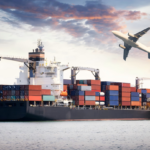

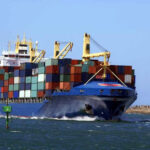



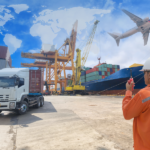
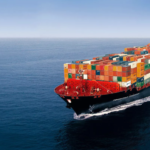

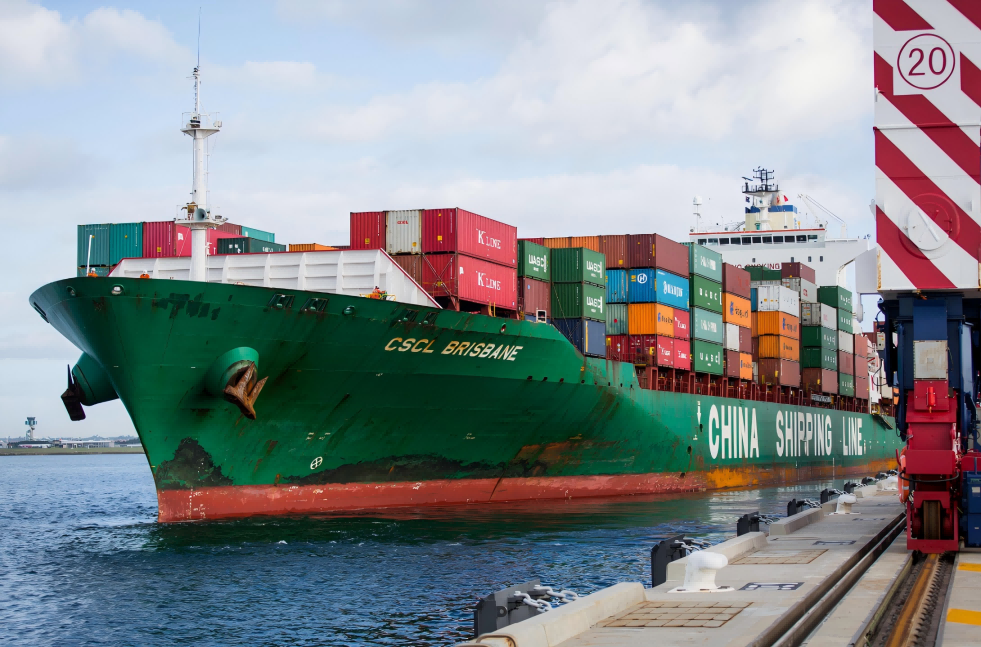
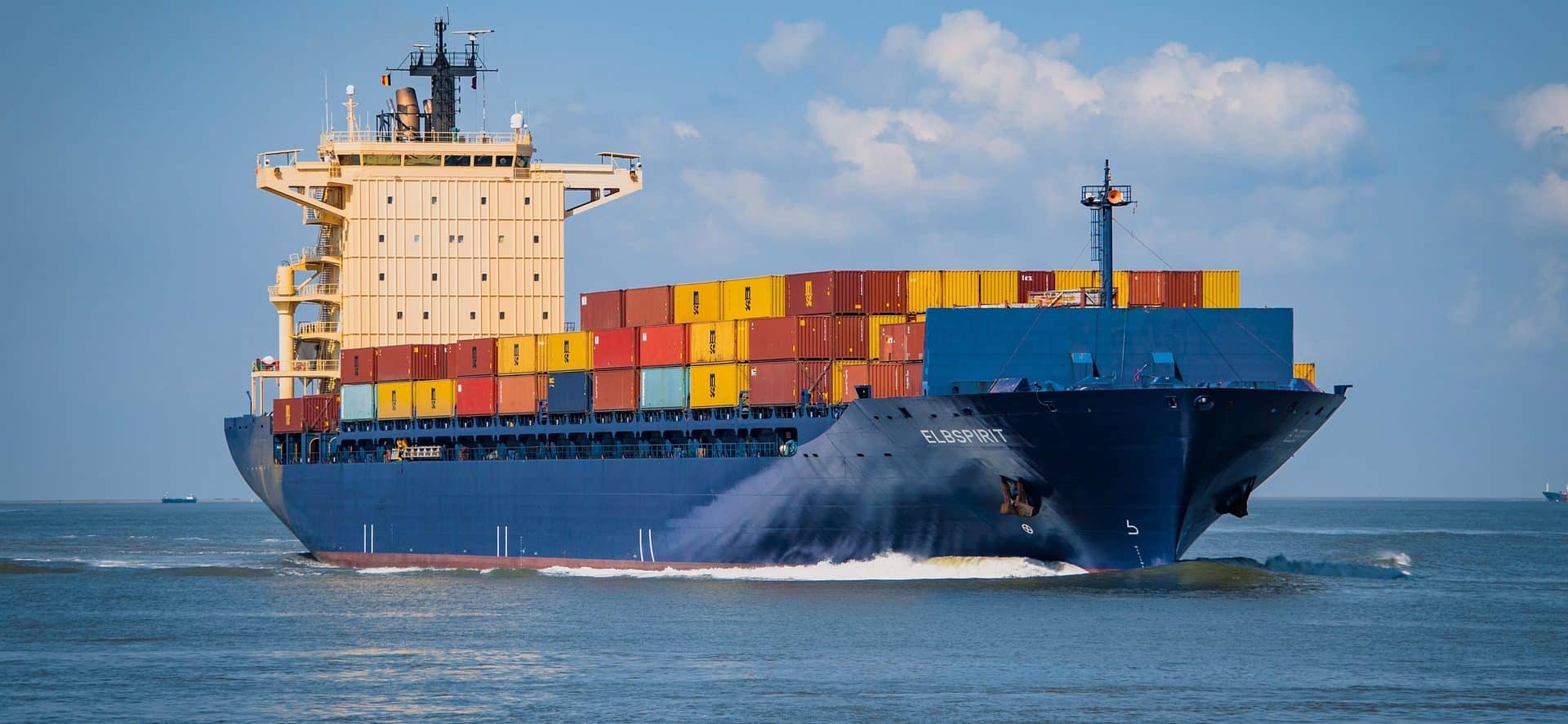

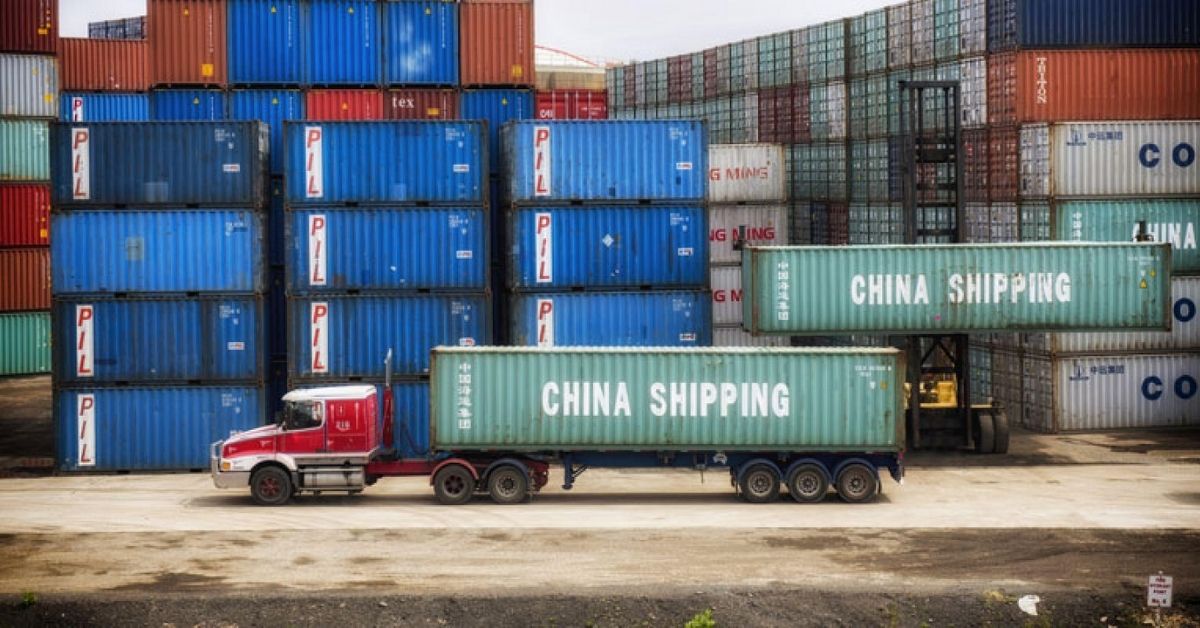





 Afrikaans
Afrikaans Shqip
Shqip አማርኛ
አማርኛ العربية
العربية Հայերեն
Հայերեն Azərbaycan dili
Azərbaycan dili Euskara
Euskara Беларуская мова
Беларуская мова বাংলা
বাংলা Bosanski
Bosanski Български
Български Català
Català Cebuano
Cebuano Chichewa
Chichewa 简体中文
简体中文 繁體中文
繁體中文 Corsu
Corsu Hrvatski
Hrvatski Čeština
Čeština Dansk
Dansk Nederlands
Nederlands English
English Esperanto
Esperanto Eesti
Eesti Filipino
Filipino Suomi
Suomi Français
Français Galego
Galego ქართული
ქართული Deutsch
Deutsch Ελληνικά
Ελληνικά Kreyol ayisyen
Kreyol ayisyen Harshen Hausa
Harshen Hausa Ōlelo Hawaiʻi
Ōlelo Hawaiʻi עִבְרִית
עִבְרִית हिन्दी
हिन्दी Hmong
Hmong Magyar
Magyar Íslenska
Íslenska Igbo
Igbo Bahasa Indonesia
Bahasa Indonesia Gaeilge
Gaeilge Italiano
Italiano 日本語
日本語 Basa Jawa
Basa Jawa ಕನ್ನಡ
ಕನ್ನಡ Қазақ тілі
Қазақ тілі ភាសាខ្មែរ
ភាសាខ្មែរ 한국어
한국어 كوردی
كوردی Кыргызча
Кыргызча ພາສາລາວ
ພາສາລາວ Latin
Latin Latviešu valoda
Latviešu valoda Lietuvių kalba
Lietuvių kalba Lëtzebuergesch
Lëtzebuergesch Македонски јазик
Македонски јазик Malagasy
Malagasy Bahasa Melayu
Bahasa Melayu മലയാളം
മലയാളം Maltese
Maltese Te Reo Māori
Te Reo Māori मराठी
मराठी Монгол
Монгол ဗမာစာ
ဗမာစာ नेपाली
नेपाली Norsk bokmål
Norsk bokmål پښتو
پښتو فارسی
فارسی Polski
Polski Português
Português ਪੰਜਾਬੀ
ਪੰਜਾਬੀ Română
Română Русский
Русский Samoan
Samoan Gàidhlig
Gàidhlig Српски језик
Српски језик Sesotho
Sesotho Shona
Shona سنڌي
سنڌي සිංහල
සිංහල Slovenčina
Slovenčina Slovenščina
Slovenščina Afsoomaali
Afsoomaali Español
Español Basa Sunda
Basa Sunda Kiswahili
Kiswahili Svenska
Svenska Тоҷикӣ
Тоҷикӣ தமிழ்
தமிழ் తెలుగు
తెలుగు ไทย
ไทย Türkçe
Türkçe Українська
Українська اردو
اردو O‘zbekcha
O‘zbekcha Tiếng Việt
Tiếng Việt Cymraeg
Cymraeg יידיש
יידיש Yorùbá
Yorùbá Zulu
Zulu